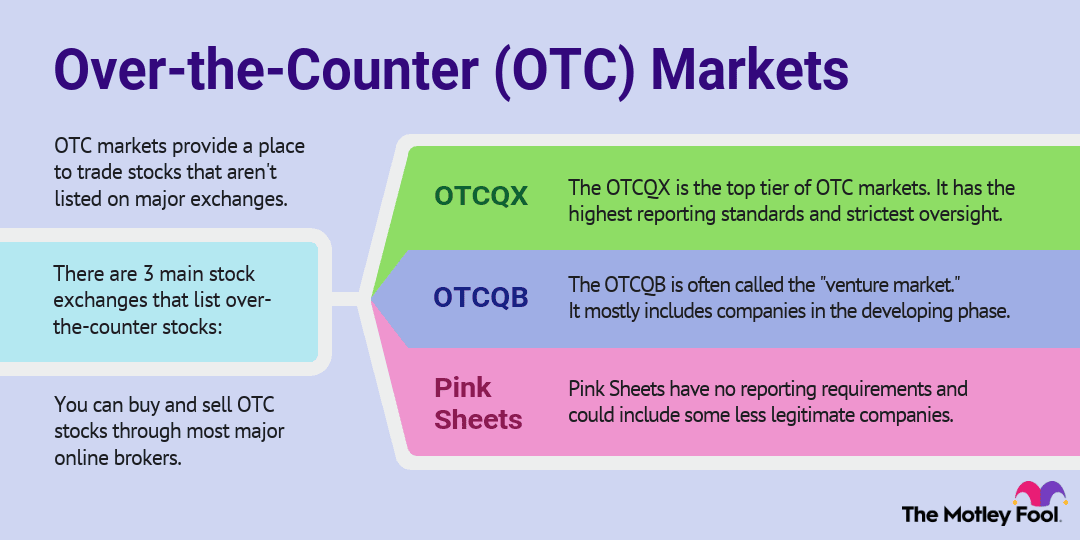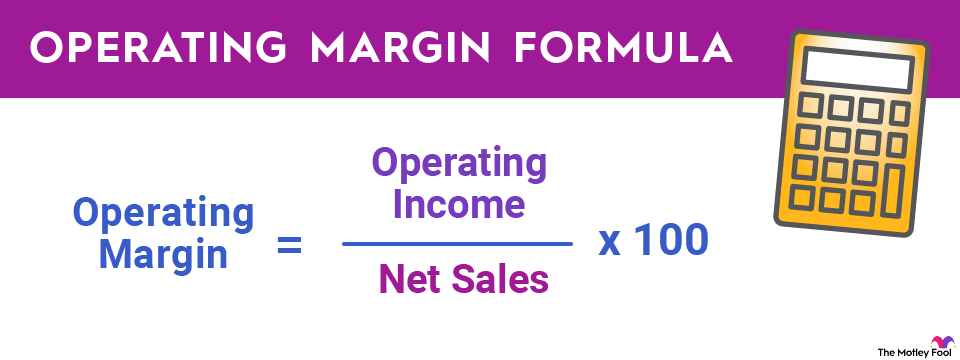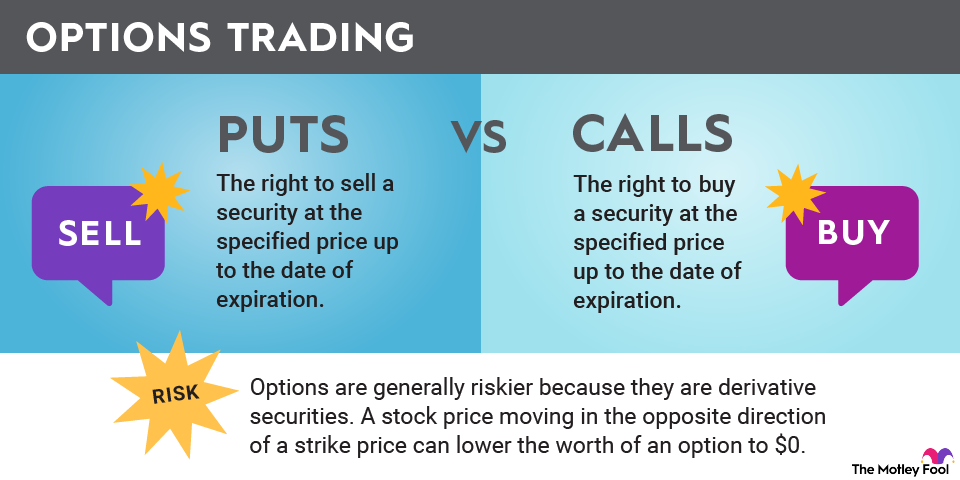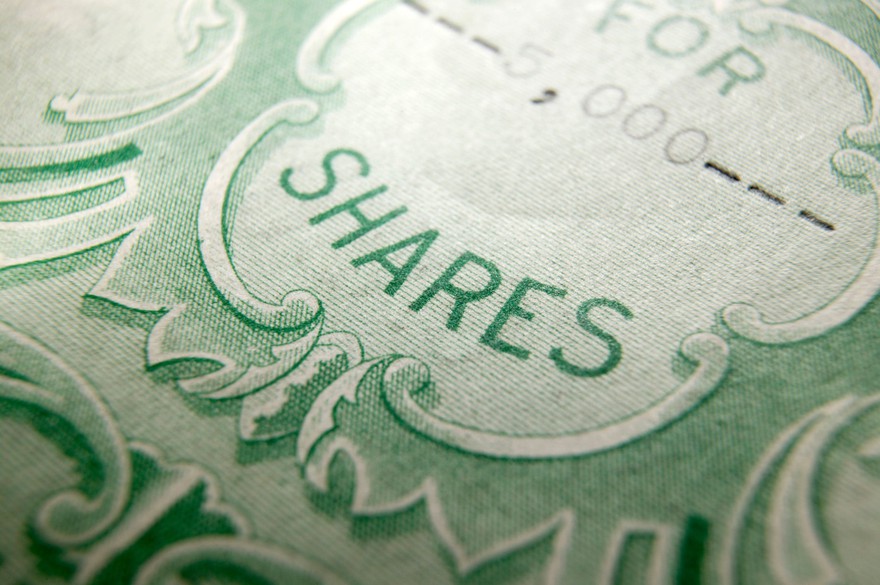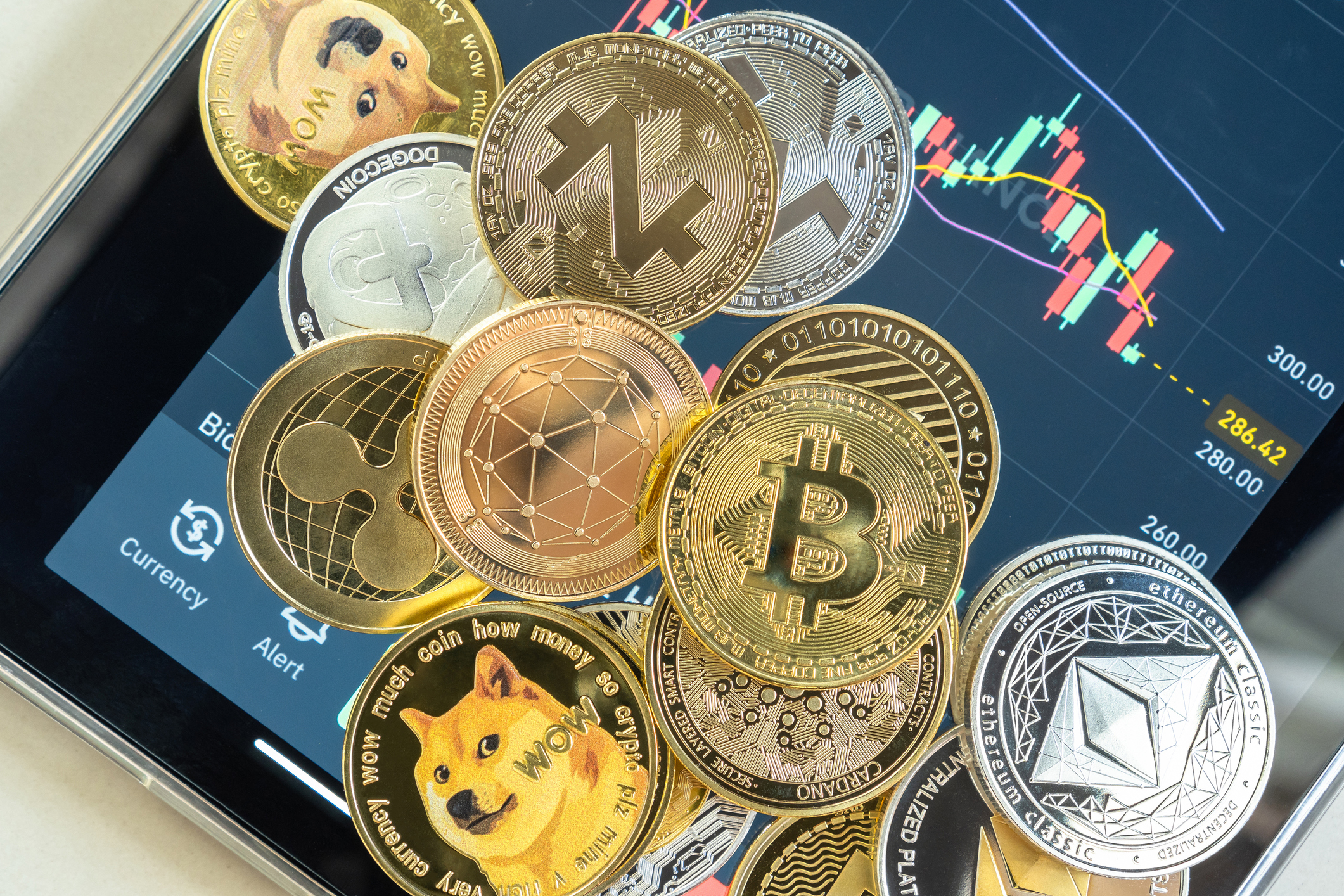On-chain governance is a way for people to make decisions about a blockchain directly through the network itself. Think of it as voting on a community project, but instead of raising hands at a meeting, everything happens digitally on the blockchain.
How to govern things is a question that's plagued civilizations since the dawn of time, and in the world of digital assets and smart contracts, that answer has now become on-chain. It’s a system designed to let everyone involved have a say in how the project evolves, making it both democratic and transparent.

Understanding on-chain governance
At its simplest, on-chain governance is a voting system built into blockchain technology. Imagine if a group of friends decided how to split a restaurant bill using a shared app where everyone can see each vote, with the app behaving like the blockchain in on-chain governance. The blockchain would record and validate every decision, ensuring there’s no tampering.
In this system, voting happens using smart contracts, which are digital agreements that automatically execute when certain conditions are met. For instance, if a majority votes “yes” on a proposal, the blockchain automatically implements the decision. On-chain governance comes in different shapes and sizes. Below are some of the most common types of on-chain governing structures and how the voting works.
Type of
Governance | Description | Example |
|---|---|---|
Token-based voting | Voting power based on the number of tokens owned. | Tezos |
Delegated voting | Token holders delegate votes to trusted individuals. | Polkadot |
Quadratic voting | Costs increase for additional votes on the same issue. | Gitcoin Grants |
Proposal-based voting | Community votes directly on submitted proposals. | MakerDAO |
Stake-based voting | Voting power tied to the amount of stake locked. | Ethereum 2.0 |
Time-locked voting | Votes are locked for a specific period for commitment. | Some DeFi protocols |
Reputation-based voting | Voting power earned through contributions. | DAOStack |
Multi-signature governance | Multiple keyholders must approve decisions. | Multi-sig wallets in some decentralized autonomous organizations (DAO) |
Hybrid governance | Combines on-chain and off-chain decision-making. | Aragon DAOs |
Council-based governance | Decisions made by a selected group of representatives. | Kusama, Polkadot |
Why does on-chain governance matter?
Empowers users
On-chain governance gives power to the people using the system. Imagine if Netflix let subscribers vote on which shows to add next, and those decisions were implemented immediately without needing approval from a corporate board. On-chain governance gives power back to its users.
Encourages transparency
Transparency is one of the most important assets in the financial world. Because blockchain is based on a decentralized ledger that anyone can see, on-chain governance provides the most transparency. Unlike traditional decision-making in which outcomes can be hidden or delayed, on-chain governance is completely open, like a scoreboard in an NBA or NFL game.
Adapts to change
Blockchain projects need to evolve as the underlying technology continues to evolve. For instance, Ethereum (ETH +1.35%) used on-chain governance to transition to a more energy-efficient system, Ethereum 2.0. Without a clear way to vote and implement changes, the change could have been chaotic or even impossible.
How to deal with on-chain governance and voting
Getting involved in on-chain governance starts with owning the network’s tokens, which act like shares in a company. Just as stockholders can vote on company policies, token holders can vote on decisions affecting the blockchain. For instance, if a blockchain network is considering a new feature to lower transaction fees, your tokens give you a direct say in whether that change happens.
Before voting, it’s important to stay informed about the proposals in their most current forum. Communities often share updates on forums, social media platforms, or official blogs where you can learn about different ideas. Imagine a blockchain proposing to increase transaction speeds; users might debate whether it’s worth the cost of additional resources. Reading these discussions might help you make decisions that align with your goals and values as a participant in the network.
When it’s time to vote, most blockchain systems allow users to cast ballots directly from a digital wallet. Voting often feels as simple as using a mobile app to approve or reject a proposal. If you’re unsure about making decisions, you can delegate your voting power to someone you trust, such as a community leader or technical expert. This works similarly to hiring a financial advisor to manage your investments.
Related investing articles
Examples of on-chain governance in action
One well-known example of on-chain governance is Tezos (XTZ -0.26%), which uses a token-based voting on-chain governance structure. In 2019, the Tezos community voted on a proposal to reduce transaction fees. Every token holder could vote, and the proposal passed with overwhelming support.
Another example is MakerDAO, a decentralized finance (DeFi) platform where users vote on how to manage the system’s reserve assets in a proposal-based voting system. Token holders can vote on increasing the reserve to make the platform more stable during volatile markets, ensuring everyone using the platform benefits from secure, informed decision-making.

